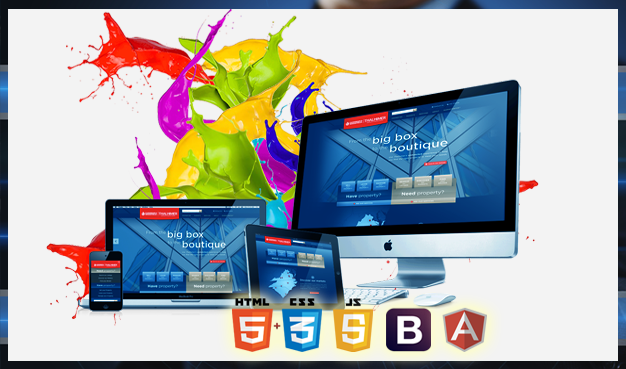- Have any questions?
- (Prasad) +91 96191 46851 | (Parag) +91 99878 20022
- support@pnpwebdesign.com
Unveiling the Magic of Dynamic Web Pages: A Complete Guide

Unveiling the Power of Dynamic Sites: Everything You Need to Know
February 10, 2024
Unraveling the Power of Dynamic Websites: A Comprehensive Guide
February 10, 2024Unveiling the Magic of Dynamic Web Pages: A Complete Guide

Dynamic web page have revolutionized the way we interact with the internet. Offering personalized and interactive experiences that cater to individual preferences. In this comprehensive guide, we’ll delve into the world of dynamic web pages, exploring their definition, features, benefits, and how they enhance the user experience.
-
Understanding Dynamic Web Pages:

A dynamic web page is a type of webpage that displays content that changes based on various factors such as user input, database queries, or external data sources. Unlike static web pages, which present fixed content to all users. Dynamic web pages adapt and respond to user actions in real-time, providing a personalized and interactive browsing experience.
-
Features of Dynamic Web Pages:
Dynamic web pages boast a myriad of features that set them apart from their static counterparts. These may include dynamic content generation, user authentication and personalization, interactive forms and surveys, multimedia integration, e-commerce functionality, and more. By leveraging these features, businesses can create engaging and immersive web experiences that captivate their audience.
-
Benefits of Dynamic Web Pages:
Dynamic web pages offer several advantages over static pages, making them a preferred choice for businesses and users alike. One key benefit is the ability to deliver personalized content tailored to each user’s preferences and behavior, leading to increased engagement and conversion rates. Additionally, dynamic web pages are highly flexible and scalable. Allowing businesses to update and modify content easily to keep up with changing trends and requirements.
-
Development of Dynamic Web Pages:



Building dynamic web pages requires a combination of technical expertise and creative design skills. Developers use programming languages such as PHP, Python, or JavaScript, along with databases like MySQL or MongoDB, to create dynamic functionality and interact with data in real-time. Designers, on the other hand, focus on creating intuitive user interfaces that enhance usability and accessibility.
-
Examples of Dynamic Web Pages:
Dynamic web pages are ubiquitous on the internet, powering a wide range of websites and applications across various industries. Examples include social media platforms like Facebook and Twitter, e-commerce sites like Amazon and eBay, content management systems like WordPress, and online banking portals. These platforms utilize dynamic elements to deliver personalized content, facilitate user interactions, and drive user engagement.
-
Future Trends in Dynamic Web Pages:
As technology continues to evolve, so too will the landscape of dynamic web pages. Emerging trends such as artificial intelligence (AI), machine learning, and progressive web apps (PWAs) are poised to shape the future of web development, offering new opportunities for innovation and creativity. By staying abreast of these trends and embracing cutting-edge technologies. Businesses can stay ahead of the curve and deliver exceptional web experiences to their users.
Dynamic Web Page Conclusion:
Dynamic web pages have transformed the way we interact with the internet, offering personalized, interactive, and engaging experiences that cater to individual preferences. By understanding their features, benefits, and development process. Businesses can harness the power of dynamic web pages to create compelling online experiences that drive user engagement and foster long-term success. So, embrace the dynamic nature of the web, and unlock the full potential of dynamic web pages to elevate your online presence to new heights!





